 |
| Red Warbler, Parque Ejidal San Nicolás Totolapan,Mexico City, Jan 31, 2019 |
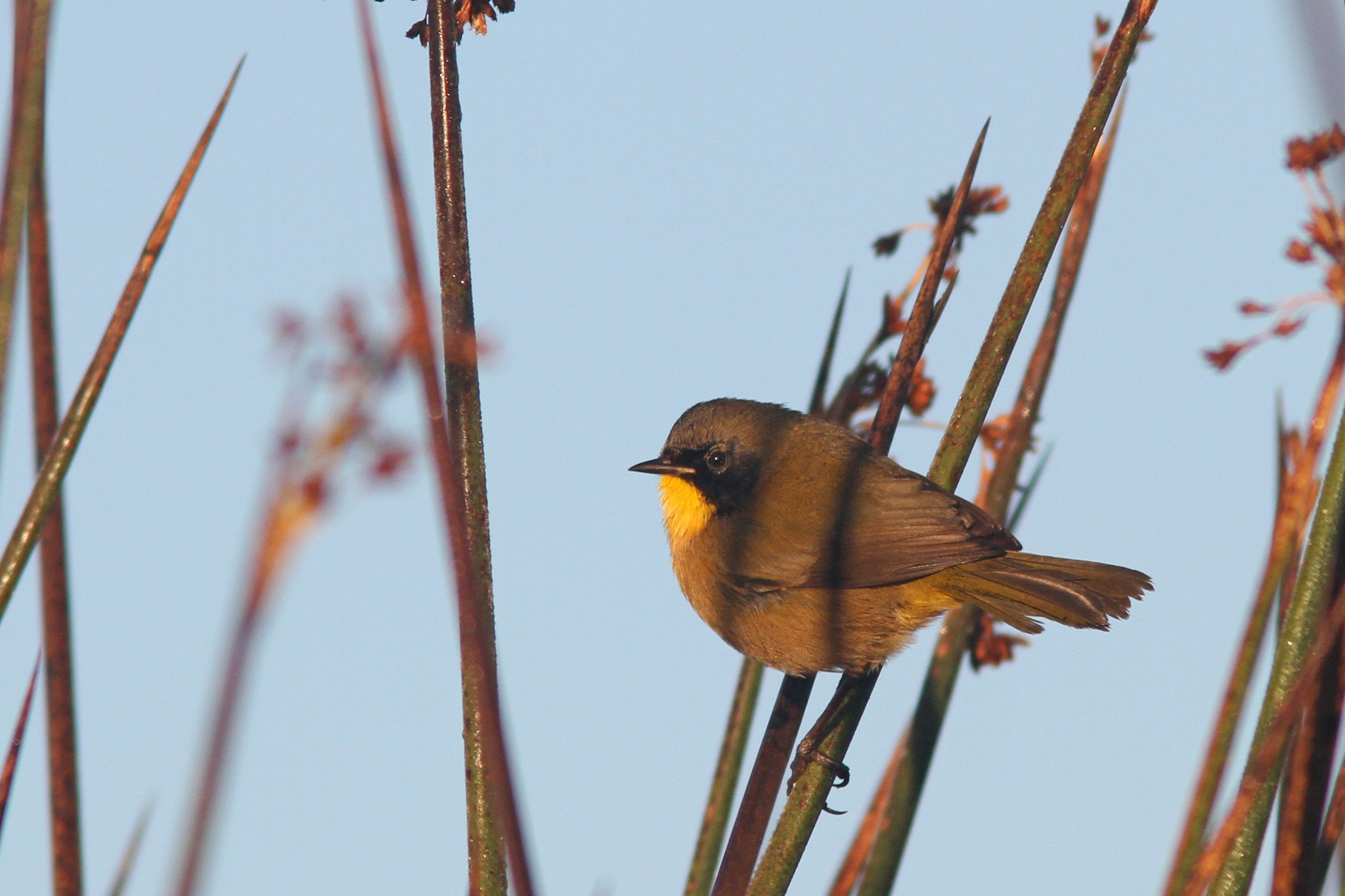 |
| Black polled Yellowthroat, Lerma Marsh, Mexico state, Mexico, Jan 31, 2019 |
 |
| Hooded Yellowthroat, Jardín Botánico del Instituto de Biología UNAM, Mexico City, Mexico, Jan 31, 2019 |
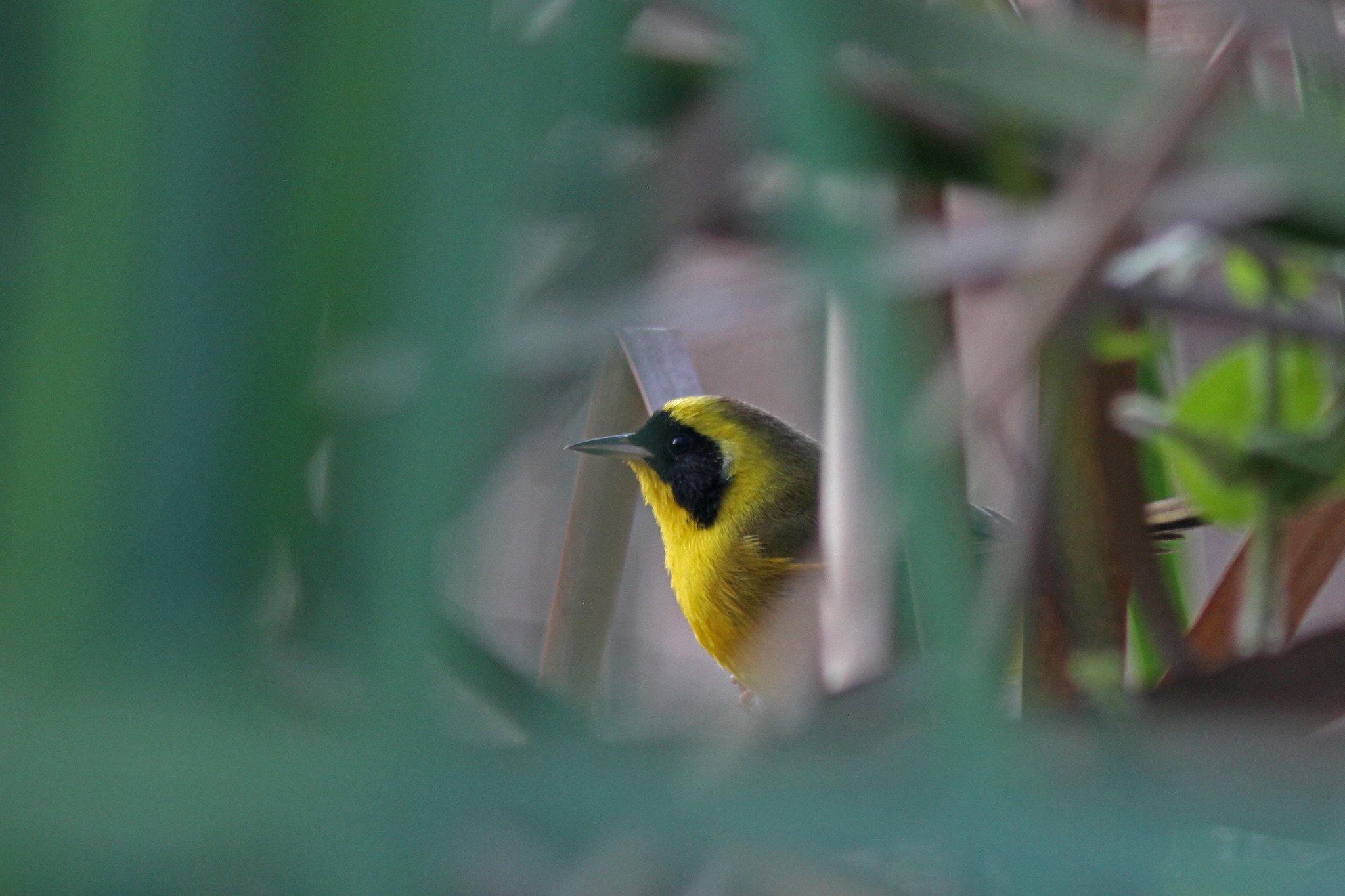 |
| Altamira Yellowthroat, Rt 85, Tamaulipas, Mexico, Feb 2, 2019 |
I just returned earlier this week from a productive trip down to Mexico in search of four endemic warblers. The trip consisted of two separate parts with the first being the Mexico City area to find Black polled Yellowthroat, Hooded Yellowthroat and Red Warbler and the second being southern Tamaulipas in search of Altamira Yellowthroat. All the targets were seen well and photos obtained of all of them.
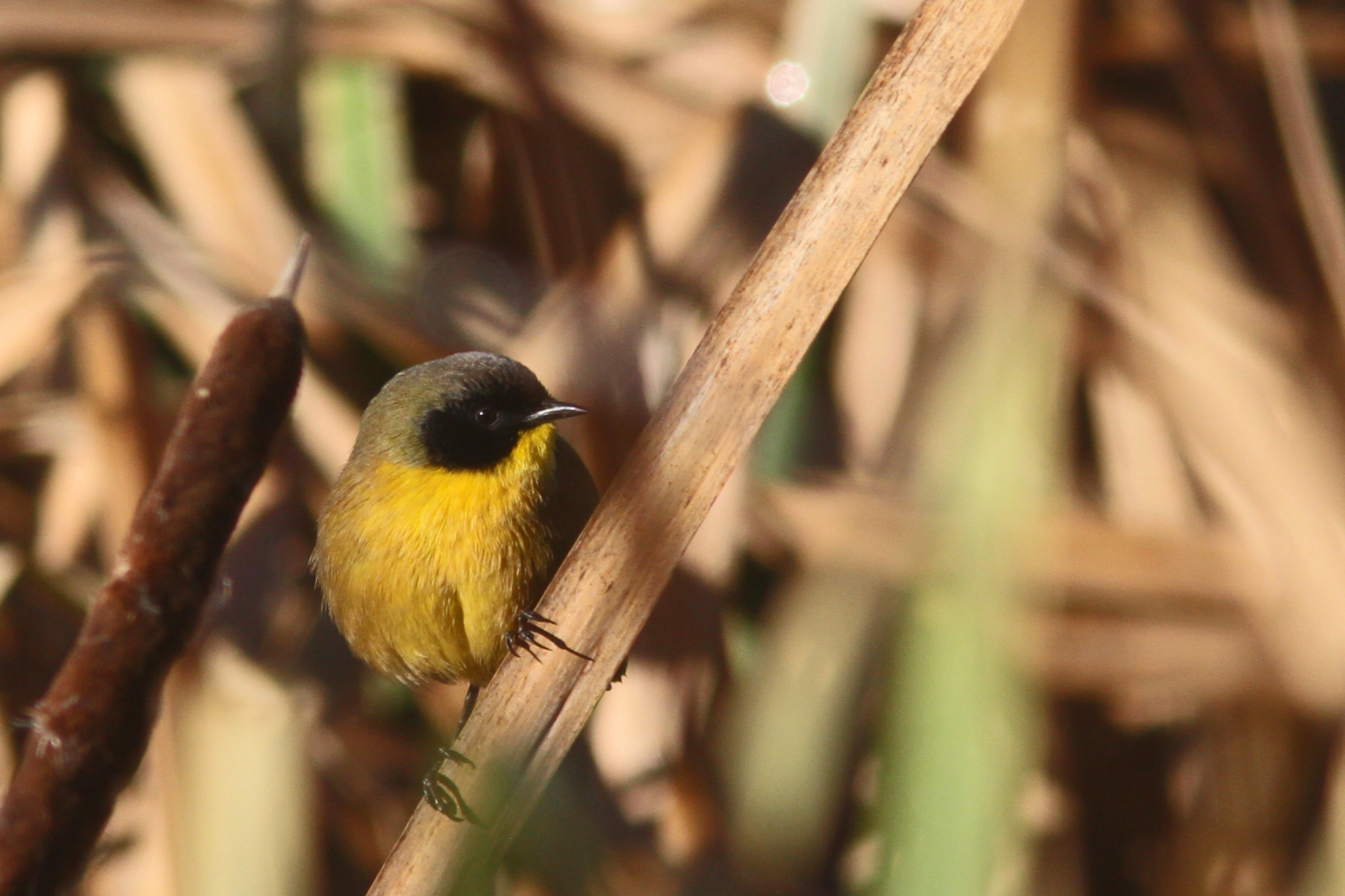 |
| Black polled Yellowthroat, Lerma Marsh, Mexico state, Mexico, Jan 31, 2019 |
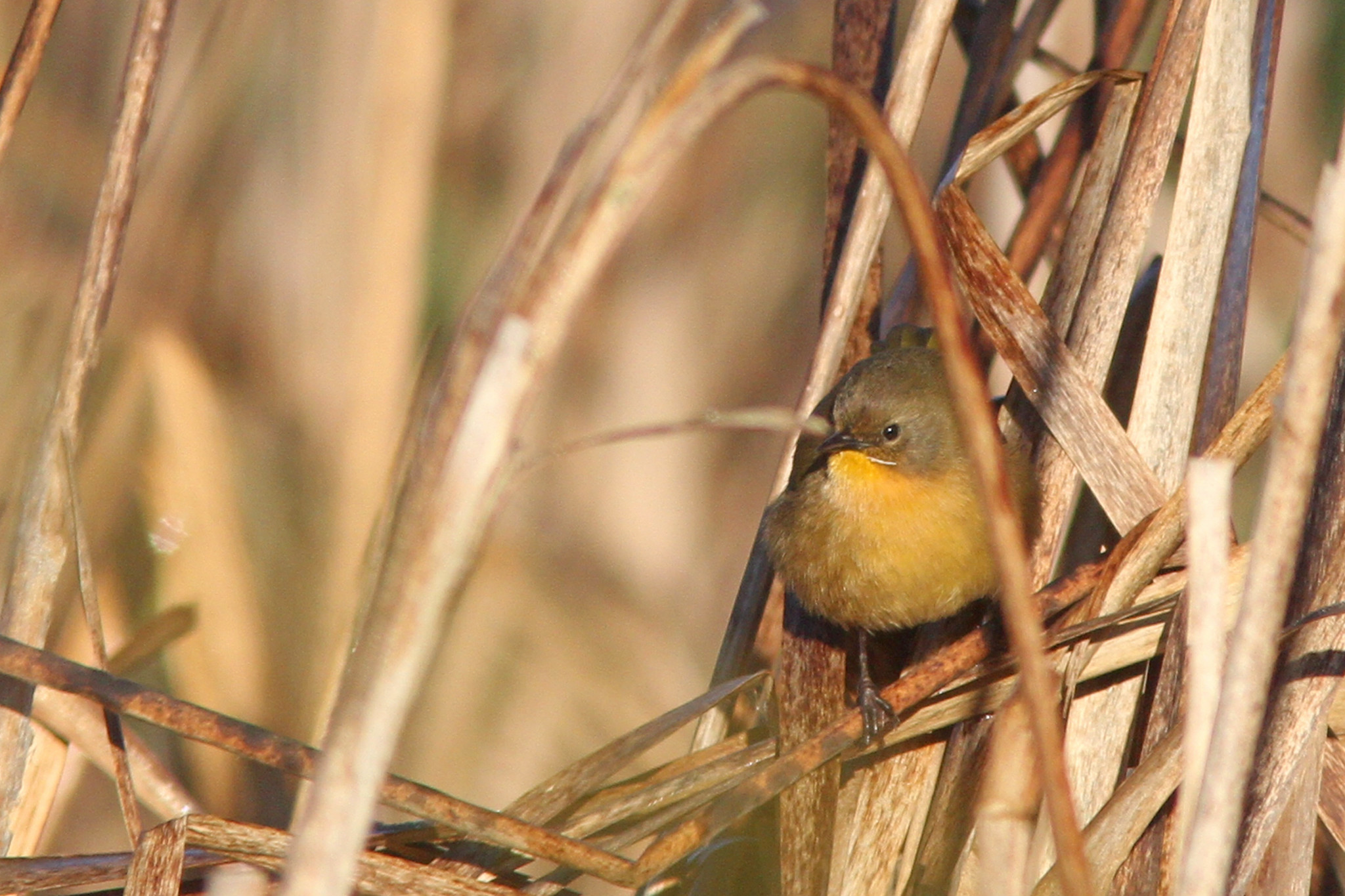 |
| Black polled Yellowthroat, Lerma Marsh, Mexico state, Mexico, Jan 31, 2019 |
 |
| Lerma Marsh, Mexico state, Mexico, Jan 31, 2019 |
The quest began down in Mexico City early on January 31st when Rafa and Isian picked me up at 6AM and we headed west to the Lerma Marshes in search of our first target, Black polled Yellowthroat. Although it was a bit chilly to start with it warmed up when the sun popped up and we had great luck finding multiple Black polled Yellowthroats and got some decent photos of both males and females.
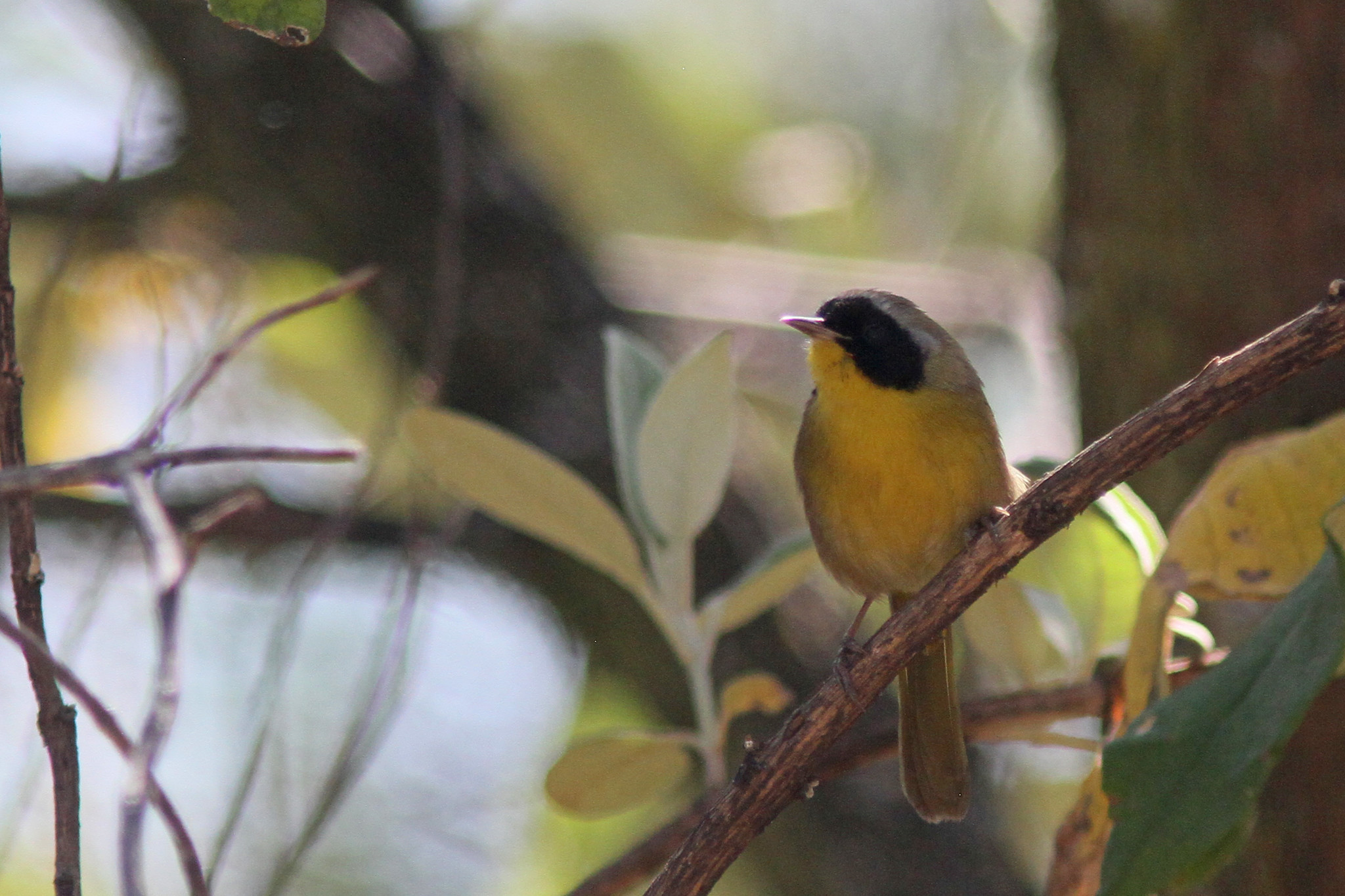 |
| Hooded Yellowthroat, Jardín Botánico del Instituto de Biología UNAM, Mexico City, Mexico, Jan 31, 2019 |
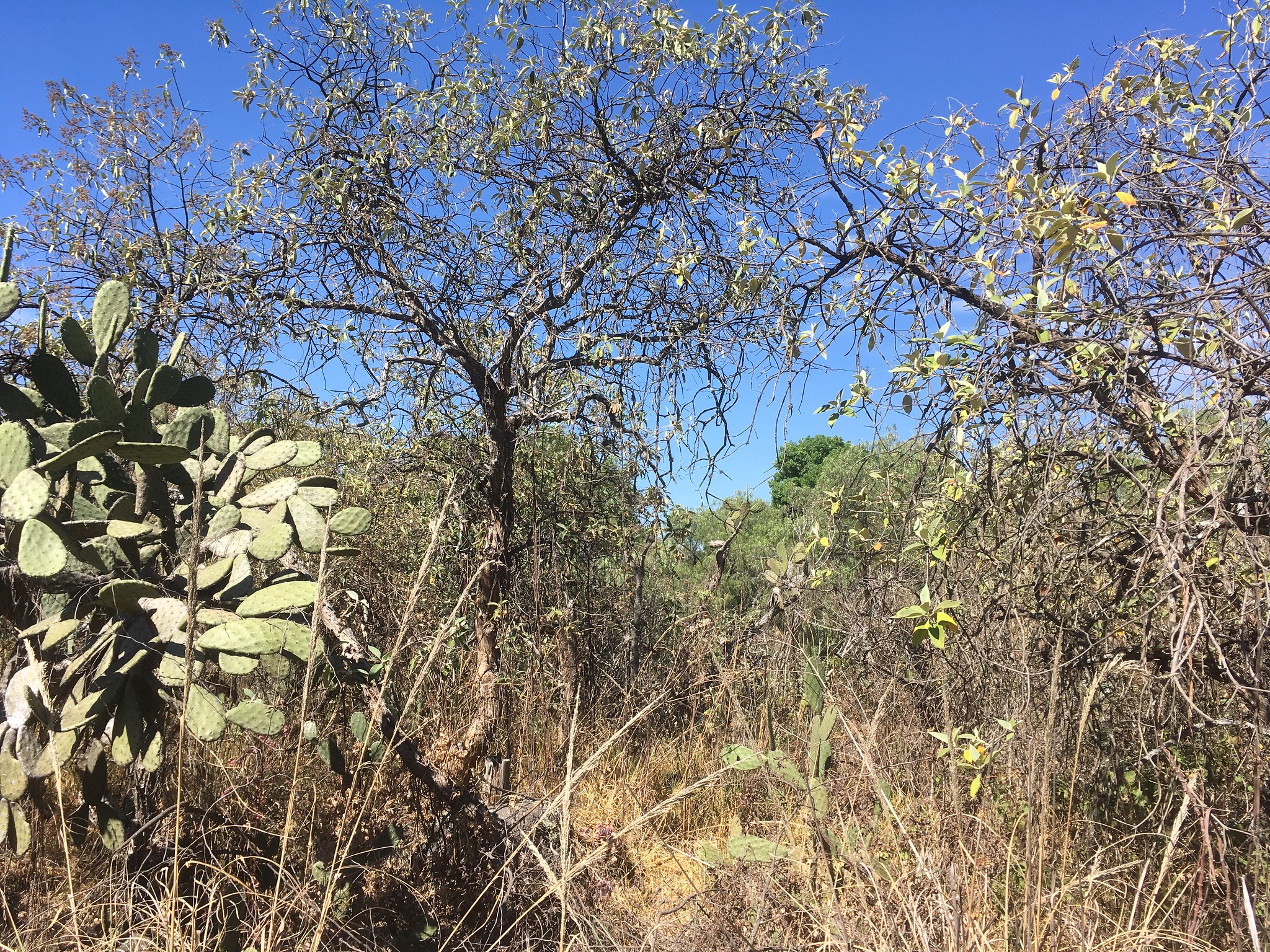 |
| Hooded Yellowthroat habitat, Jardín Botánico del Instituto de Biología UNAM, Mexico City, Mexico, Jan 31, 2019 |
We then headed back into the southern part of the city mid morning to Jardin Botanico del Instituto de Biologia UNAM to try our luck in finding a Hooded Yellowthroat...a species that would likely be the toughest of the four warbler species to find as they would not be singing and stay fairly hidden from view this time of year. Although the bird looks quite a bit like a Common Yellowthroat there are subtle physical differences as well as different calls and songs and a major difference in habitat preference (Hooded Yellowthroats are found away from water in dry scrub habitat). After a lot of looking and a fleeting view of one male we had better luck with a second male that was fairly cooperative for this species and allowed fairly extended views and photo opportunities.
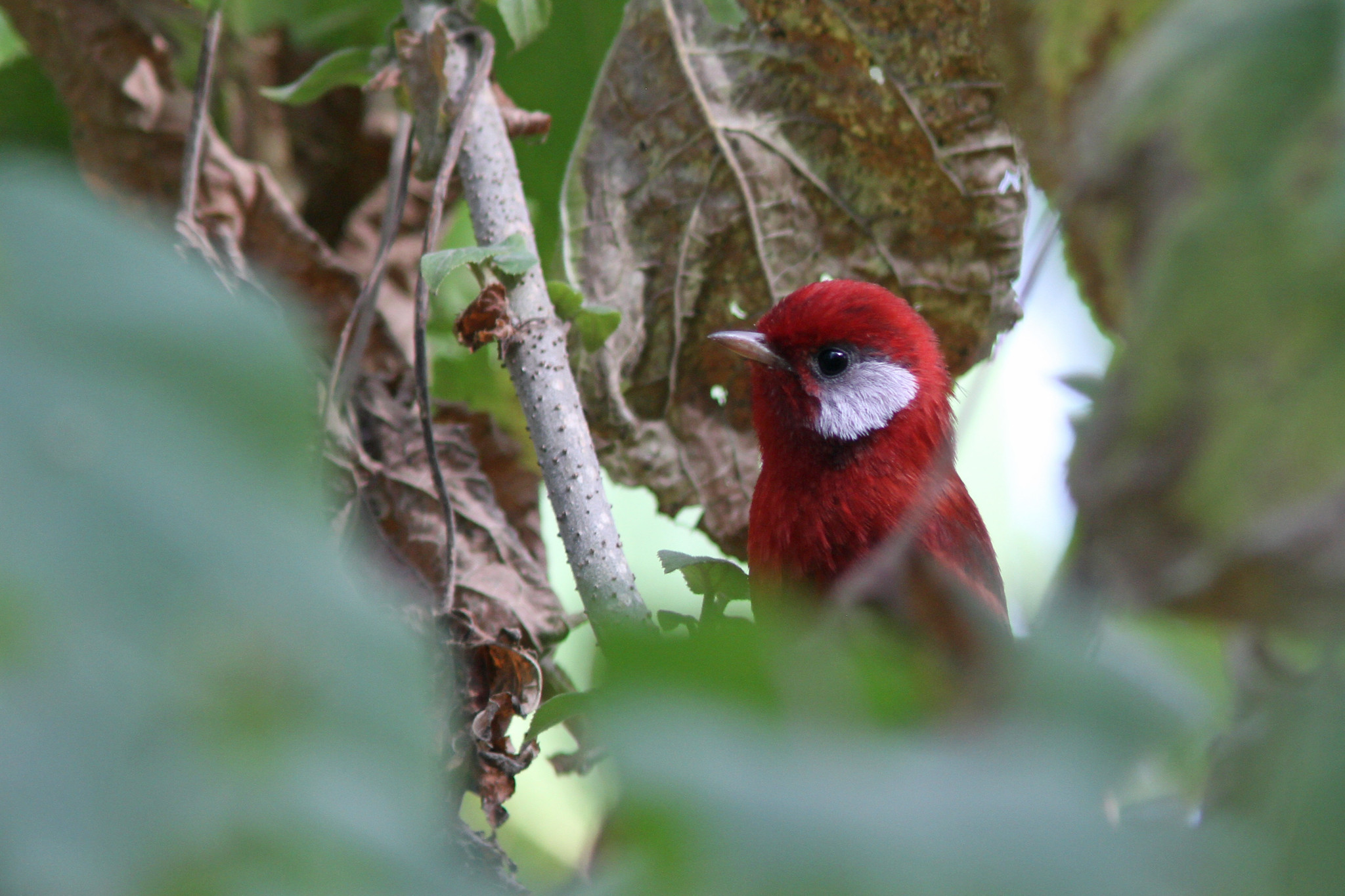 |
| Red Warbler, Parque Ejidal San Nicolás Totolapan,Mexico City, Jan 31, 2019 |
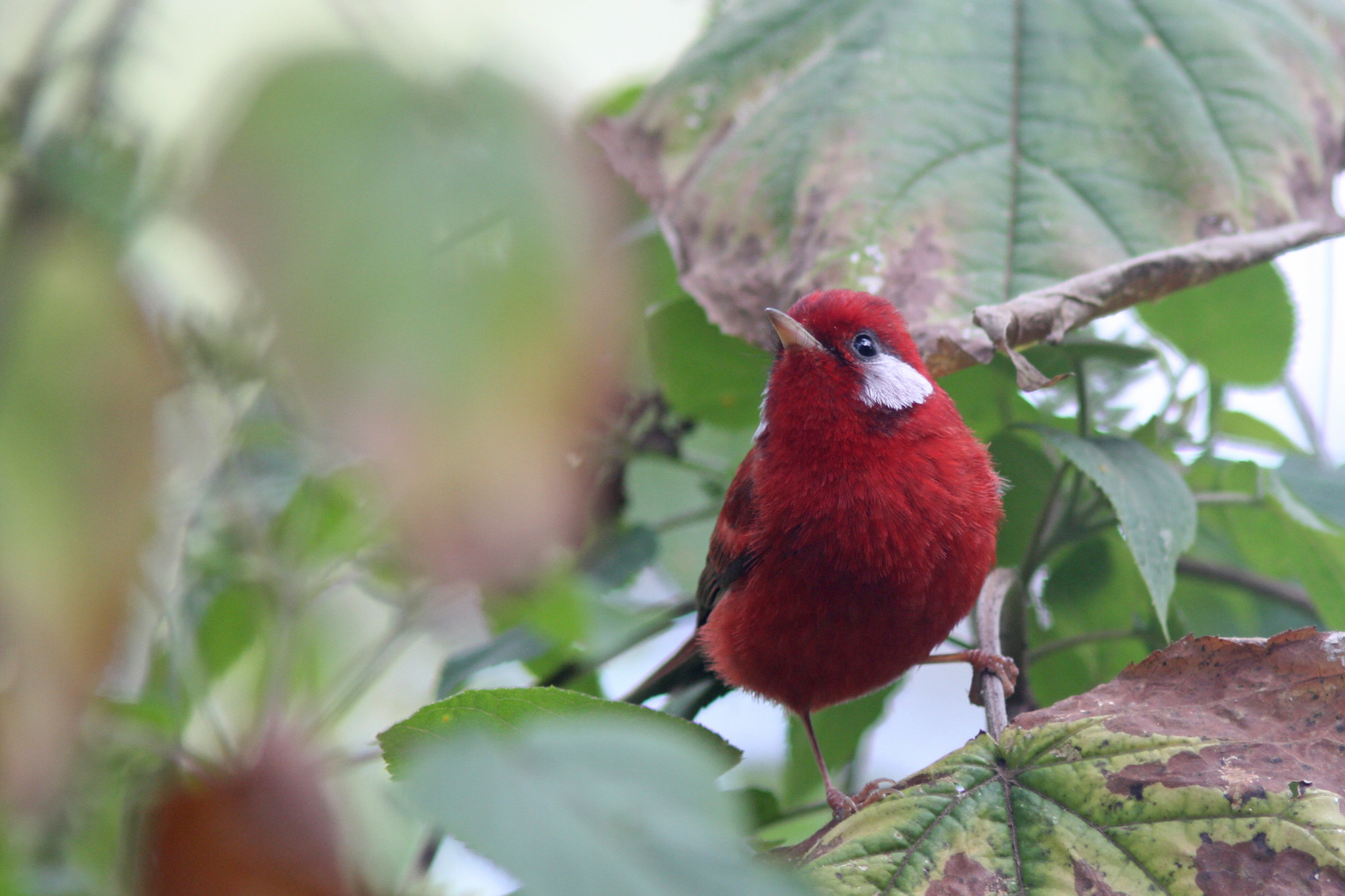 |
| Red Warbler, Parque Ejidal San Nicolás Totolapan,Mexico City, Jan 31, 2019 |
Our last stop for the day produced our third new species of warbler for the day (and the most colorful)...Red Warbler. We had great luck with an individual of this species as well, with incredible looks from close range.
 |
| Altamira Yellowthroat, Rt 85, Tamaulipas, Mexico, Feb 2, 2019 |
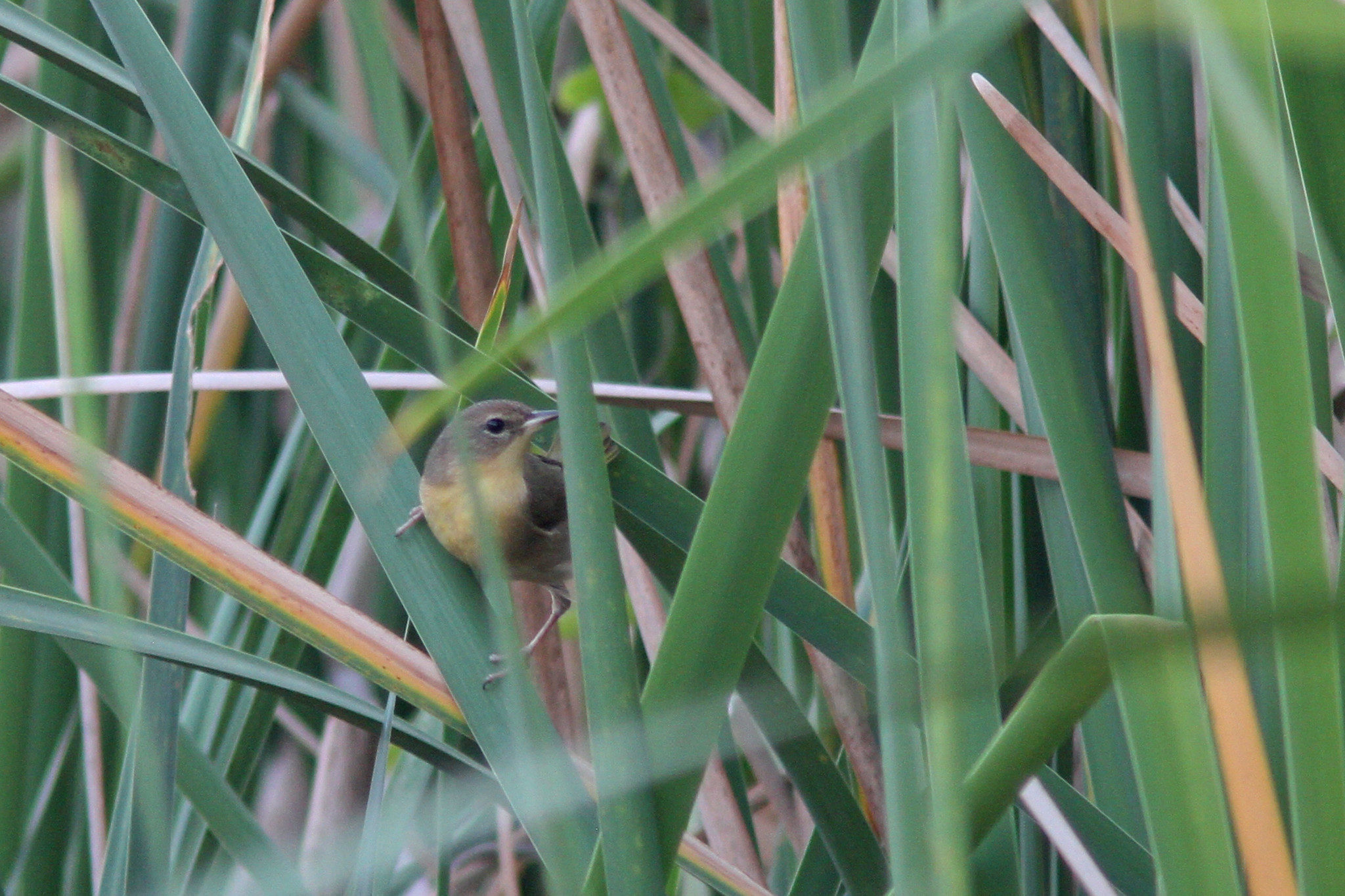 |
| Altamira Yellowthroat, Rt 85, Tamaulipas, Mexico, Feb 2, 2019 |
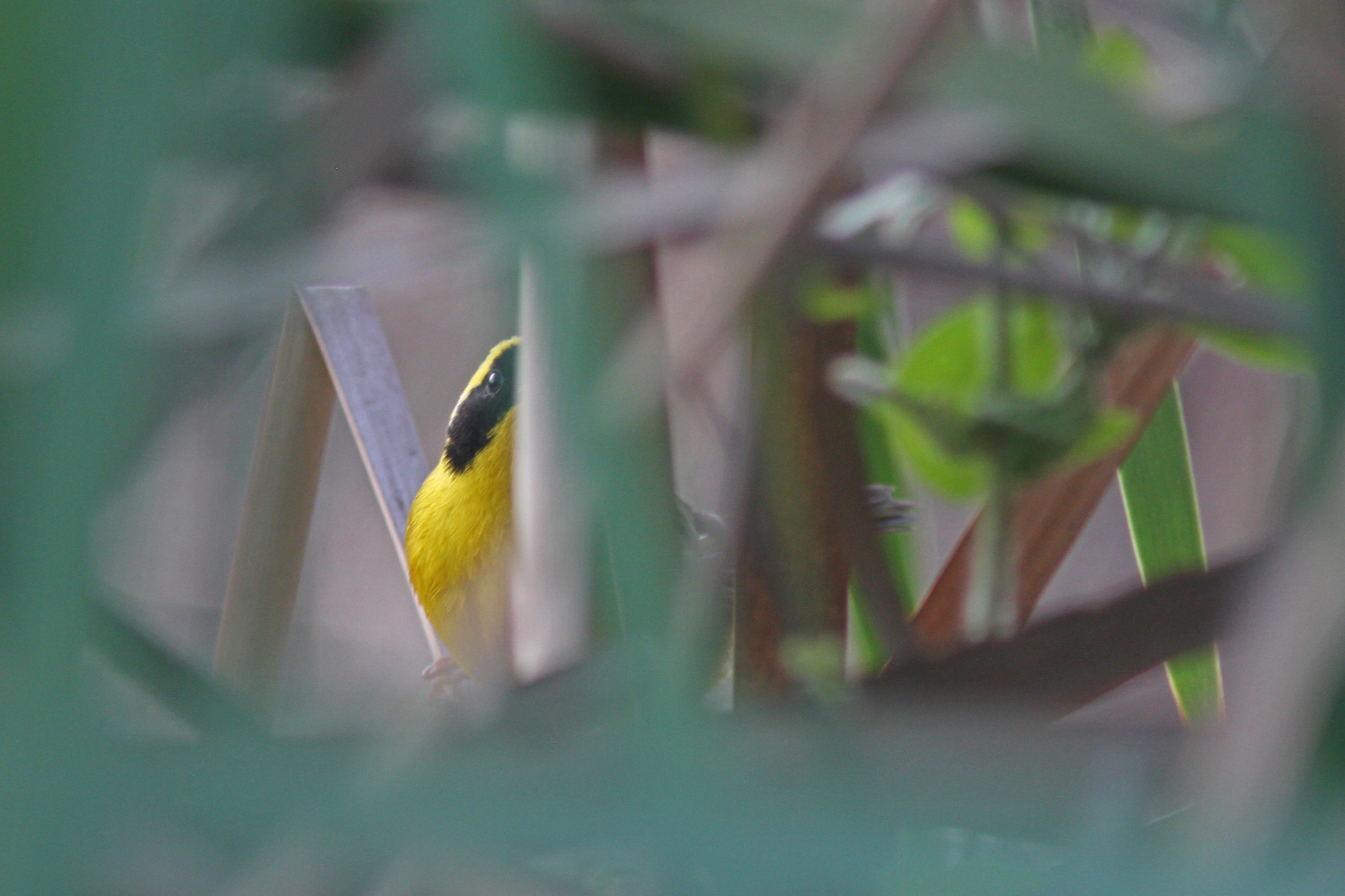 |
| Altamira Yellowthroat, Rt 85, Tamaulipas, Mexico, Feb 2, 2019 |
 |
| Altamira Yellowthroat habitat, Rt 85, Tamaulipas, Mexico, Feb 2, 2019 |
 |
| Esteban with the airport sign for me featuring an Altamira Yellowthroat, Feb 2, 2019 |
After finding the three species down in the Mexico City area I took a short flight north from Mexico City to Tampico where I met up with Esteban and headed north for the final target species for the trip, Altamira Yellowthroat. Although a lot of its former habitat has been swallowed up by sugarcane fields there is still some marginal habitat remaining in the irrigation canals/drainage ditches bordering the fields. The problem in finding the species here is the large number of Common Yellowthroat in the same area overwintering although with even a quick look you can tell one species from the other. After striking out at our first location we found a few at the second location and after quite a bit of effort in the quickly fading light we found a few individuals and got a few shots.
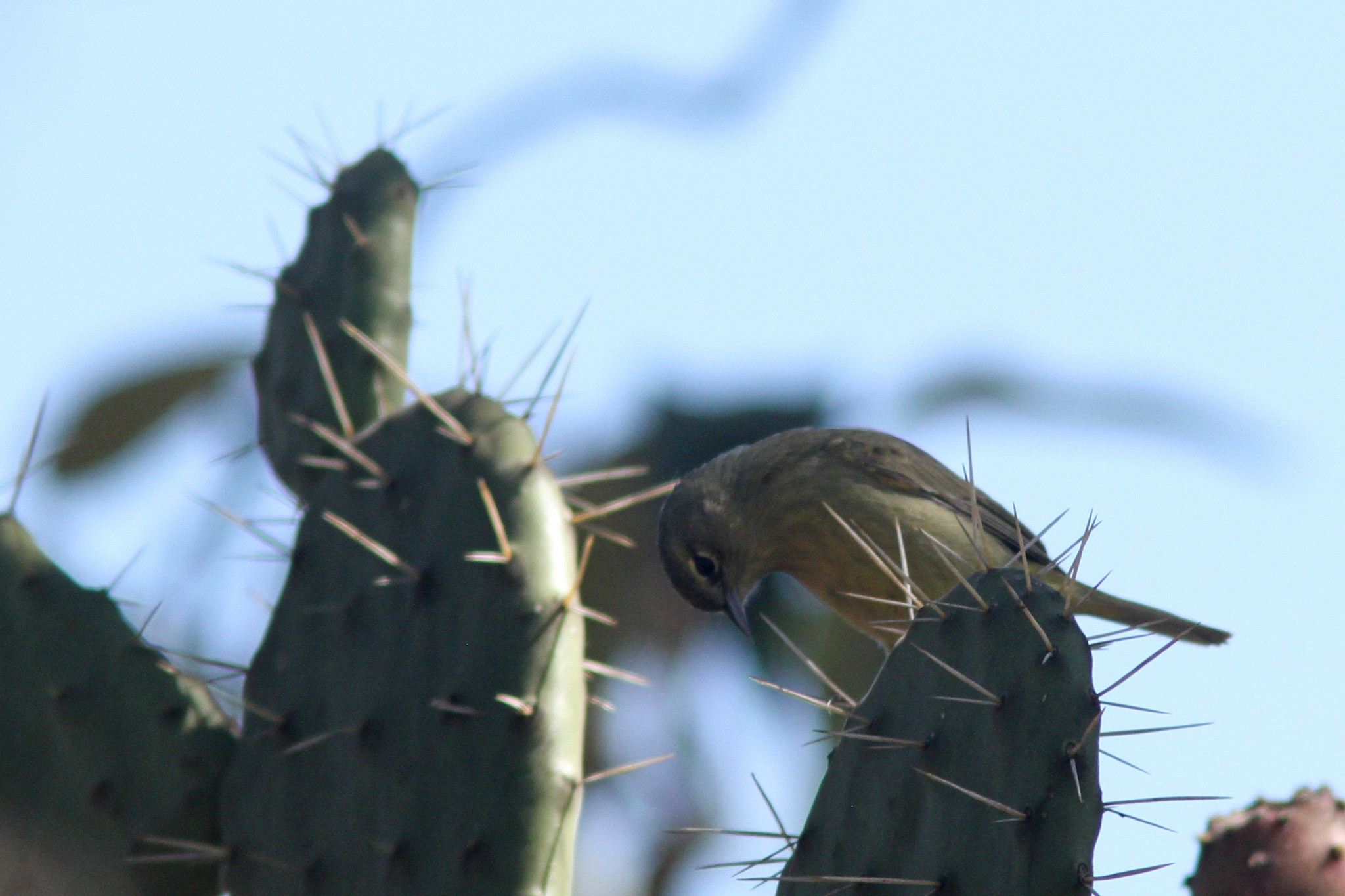 |
| Orange crowned Warbler, Jardín Botánico del Instituto de Biología UNAM, Mexico City, Mexico, Jan 31, 2019 |
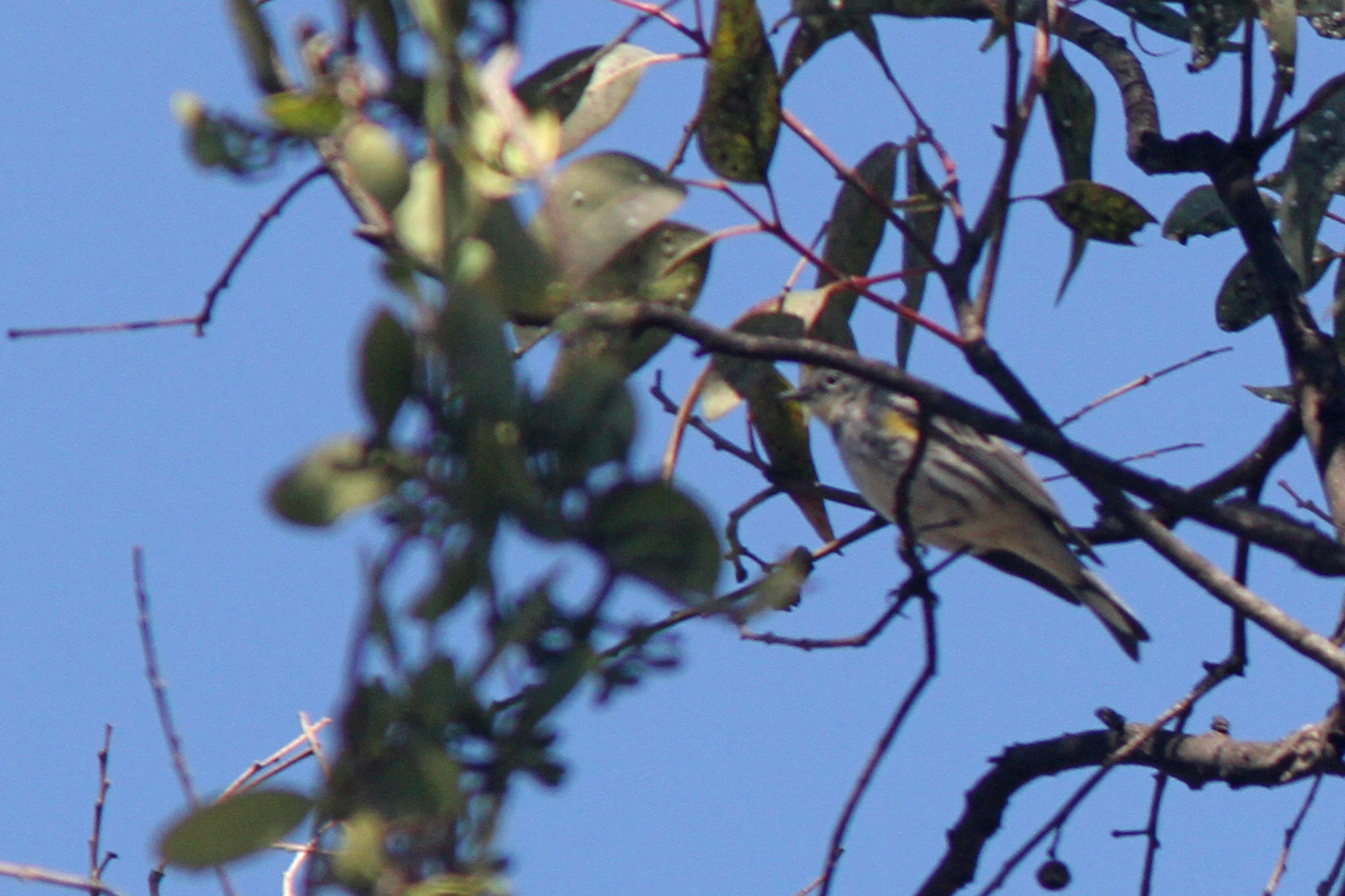 |
| Yellow rumped Warbler 'audubon's, Jardín Botánico del Instituto de Biología UNAM, Mexico City, Mexico, Jan 31, 2019 |
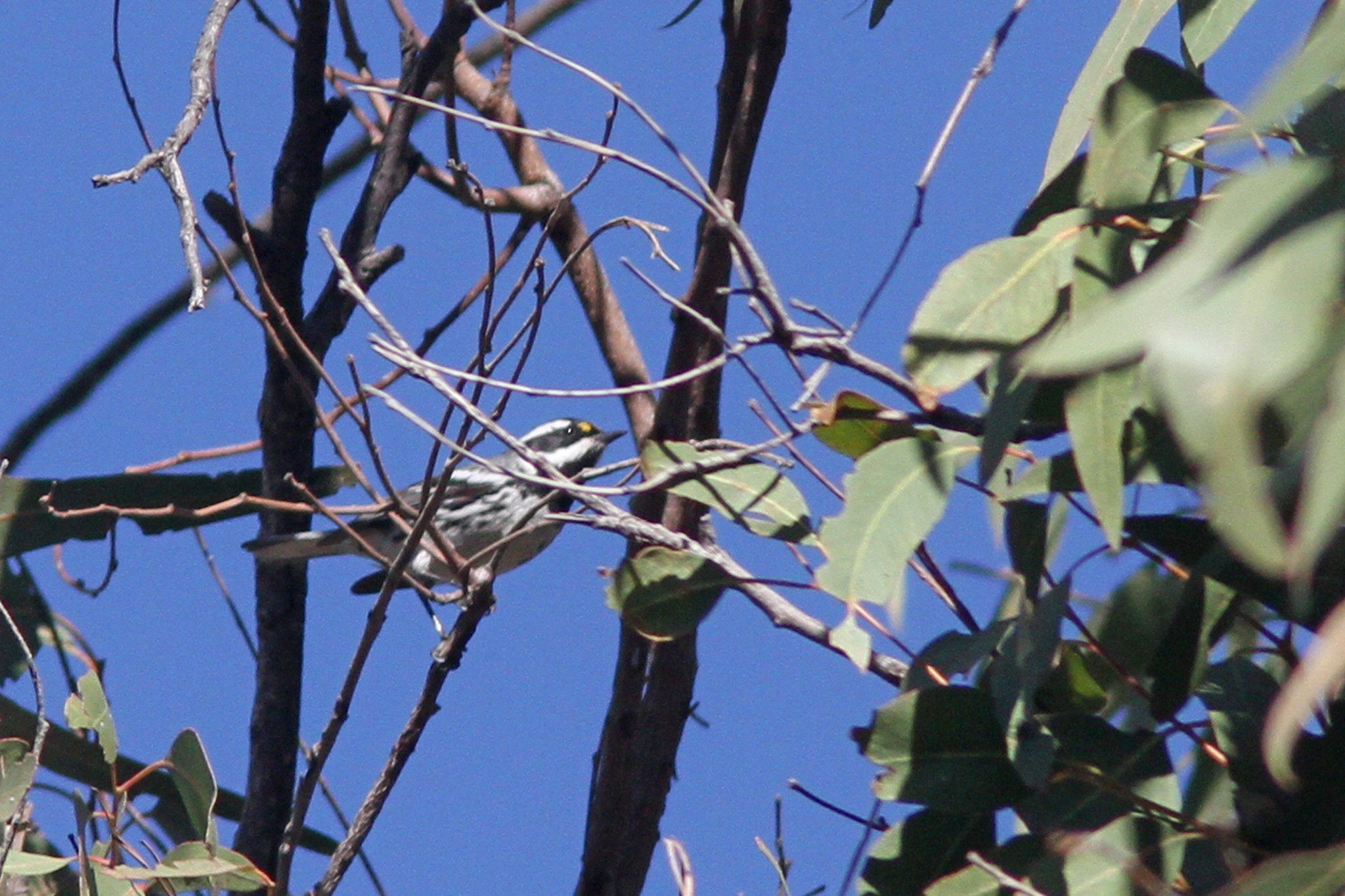 |
| Black throated Gray Warbler, San Andrés de la Cal, Morelos, Mexico, Feb 1, 2019 |
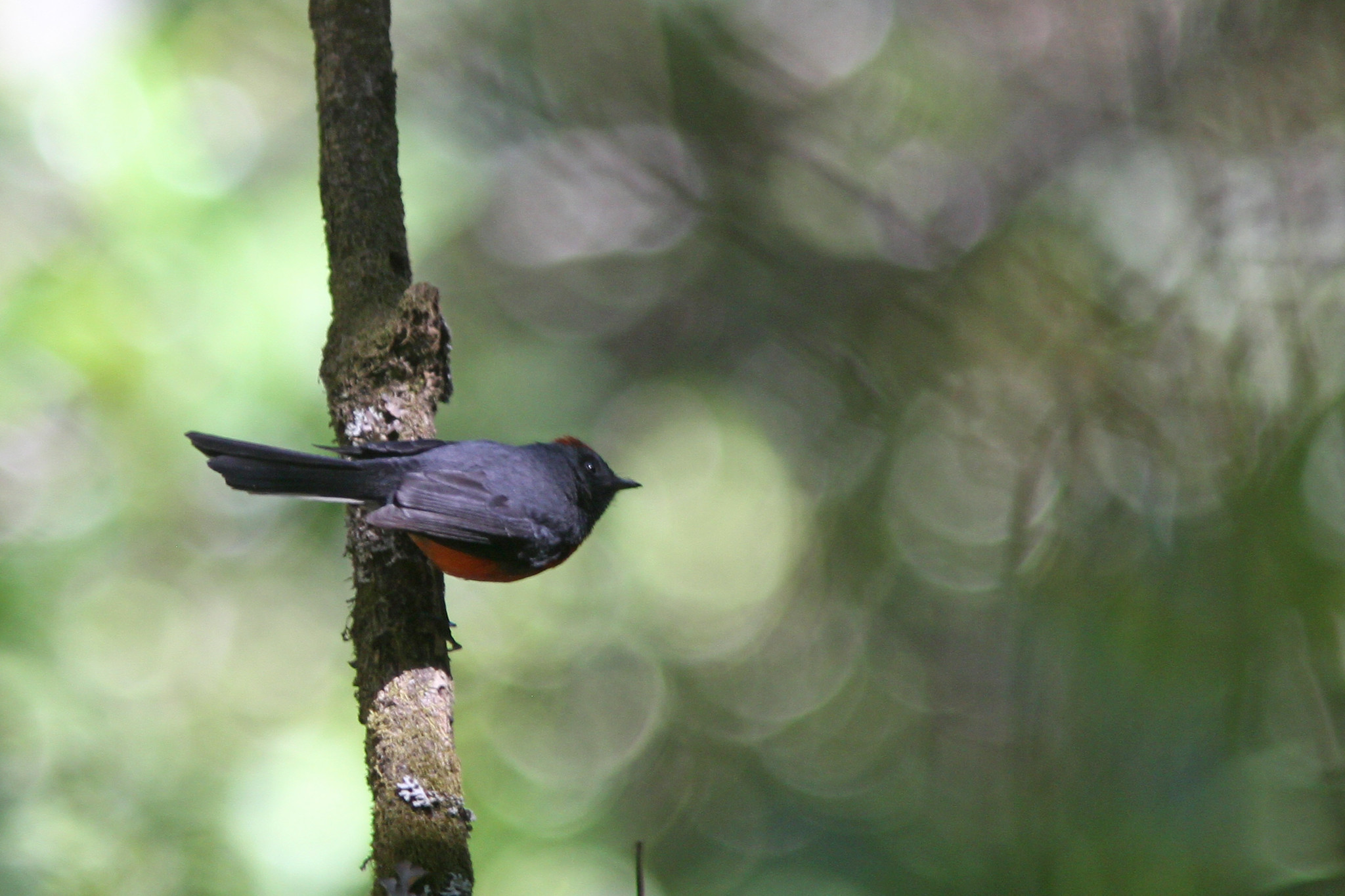 |
| Slate throated Redstart, amino San Juan Tlacotenco-Coajomulco, Morelos, Mexico, Feb 1, 2019 |
 |
| Golden browed Warbler, Camino San Juan Tlacotenco-Coajomulco, Morelos, Mexico, Feb 1, 2019 |
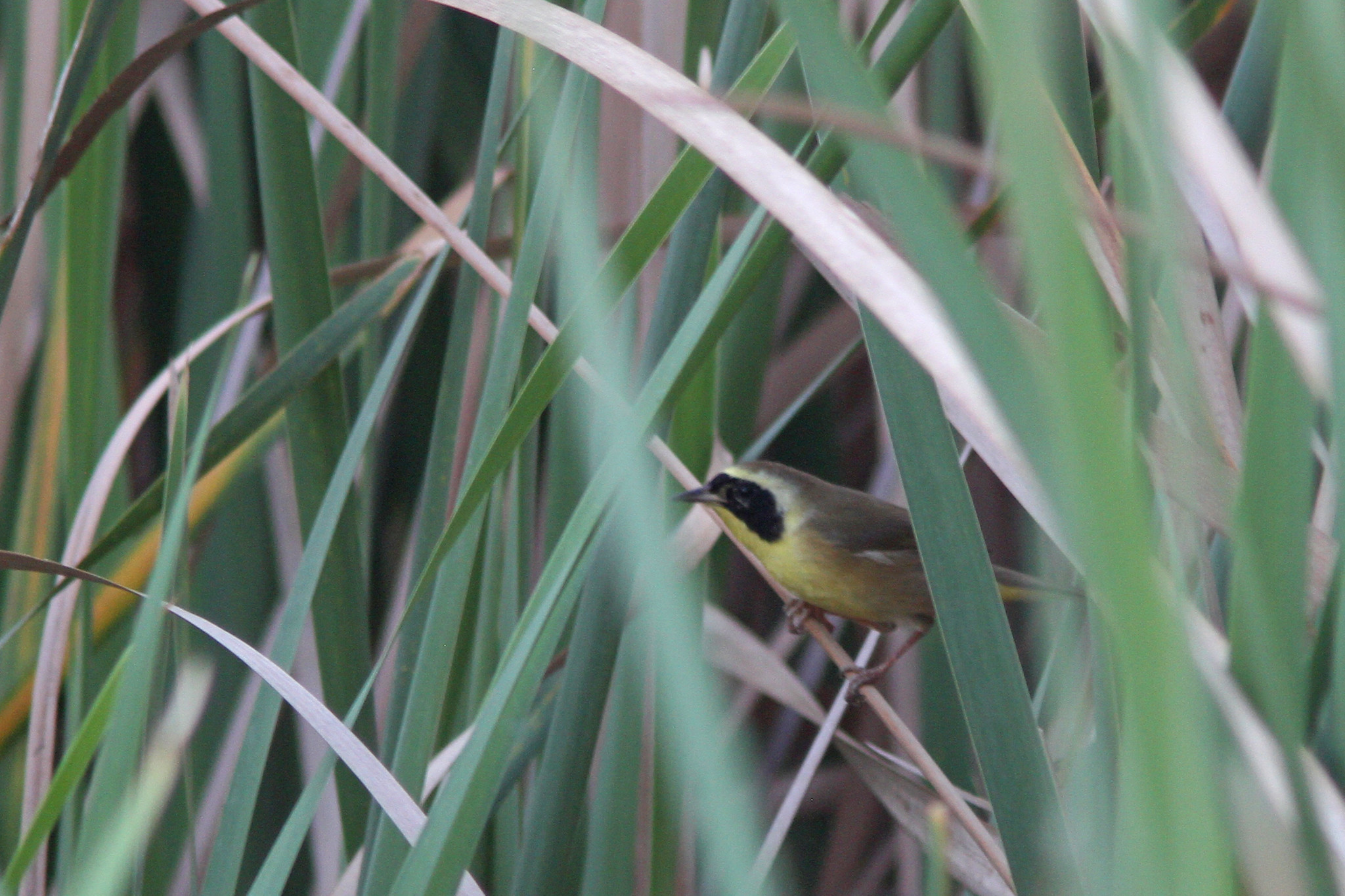 |
| Common Yellowthroat, Rt 85, Tamaulipas, Mexico, Feb 2, 2019 |
 |
| Crescent chested Warbler, Reserva de la Biosfera El Cielo, Tamuliapas, Mexico, Feb 3, 2019 |
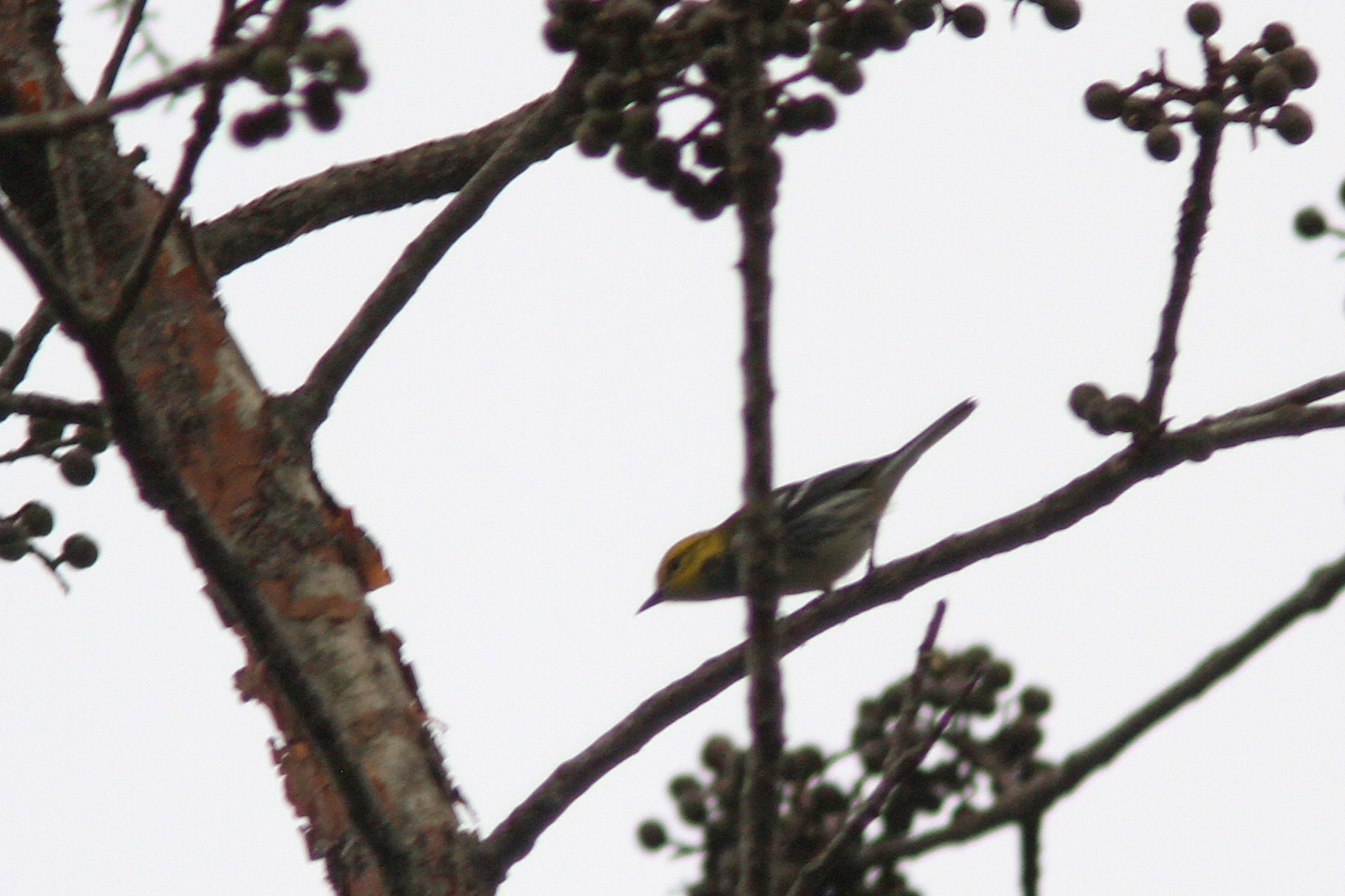 |
| Black throated Green Warbler, Reserva de la Biosfera El Cielo, Tamuliapas, Mexico, Feb 3, 2019 |
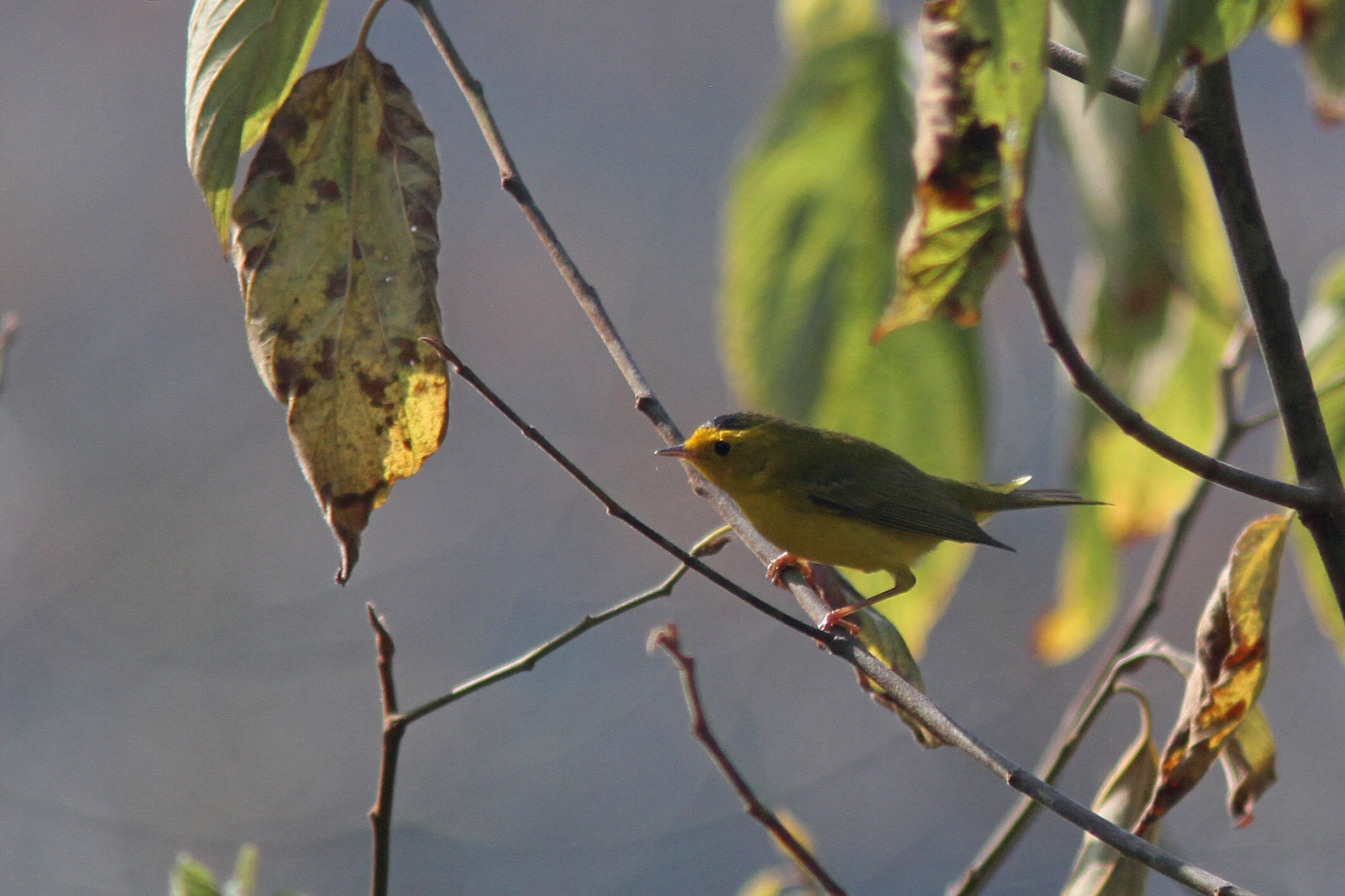 |
| Wilson's Warbler, Reserva de la Biosfera El Cielo, Tamuliapas, Mexico, Feb 3, 2019 |
Beyond the four target species we found many other species of warblers including both residents and migrants. I got some of my best looks (and photos) of Golden browed Warbler and Crescent chested Warbler....and no trip is complete without a Wilson's Warbler!
 |
| Back home with Wilson on an icy trail, Feb 7, 2019 |
Overall we found a total of 21 species of warbler during the entirety of the trip with four being the new ones I specifically sought on the trip. A special thank you to the guides I had on the trip including Rafa, Isian, Esteban and Mario as well as the drivers whose names I cannot remember plus a thanks to Eric at
Mexico Birding Tours for putting me in touch with the various guides for the trip. I would highly recommend the guides I had and would encourage anyone planning a birding trip anywhere in Mexico to reach out to Eric to start the process of setting it up for you and putting you in touch with local guides.
My overall total for warbler species now stands at 77-79 (depending on what bird list you use..some consider Goldman's Warbler and Chiriqui Yellowthroat unique species while others consider them a subspecies of Yellow rumped Warbler and Olive crowned Yellowthroat respectively)
There are now just a handful of warbler species I have not seen in the area north of South America. The number depends a bit on what checklist is used but the following species are on all: Pirre Warbler on the Panama/Columbia border, Belding’s Yellowthroat on the Baja Peninsula in Mexico, Swainson’s Warbler in the southeastern US, Viteline Warbler on the Cayman Islands (and Swan Island), Barbuda Warbler on Barbuda, Plumbeous Warbler on Dominica and Guadeloupe, St. Lucia Warbler on St Lucia and Whistling Warbler on St Vincent. Some lists also consider the parula species on Socorro Island to be a unique species and not a subspecies of Tropical Parula. The number of warbler species remaining to be seen goes up quite a bit when you include South America but I’ll try to reach my goal of those to the north of the southern continent first!


























No comments:
Post a Comment